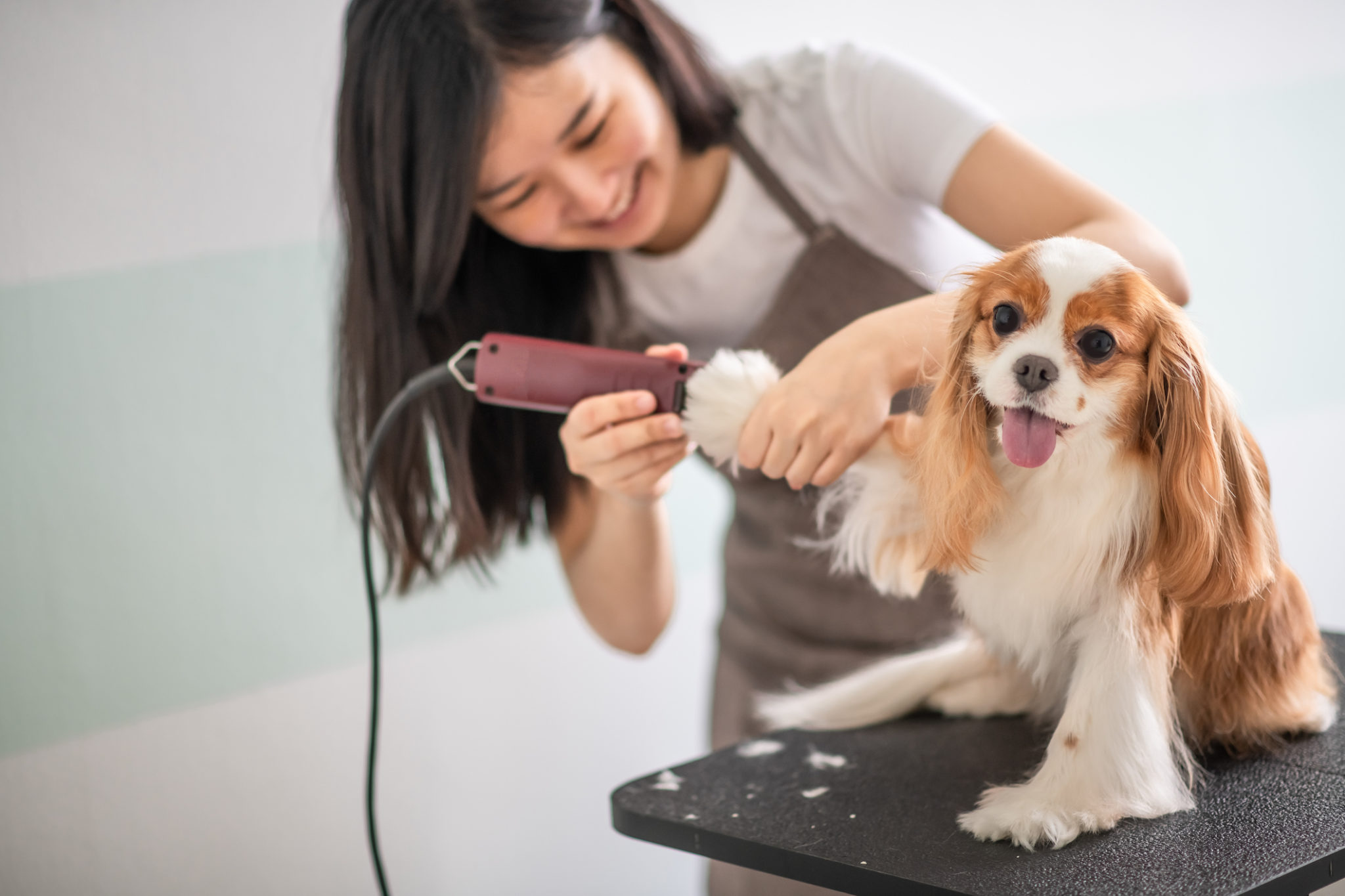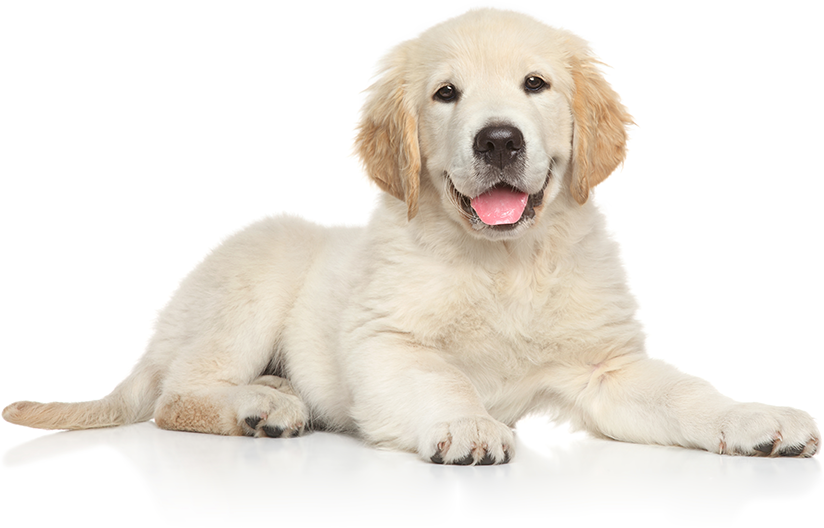
Aug 15, 2021 | By, For Pet's Sake
How to know if it’s appropriate to shave your pet in the summer
A fresh haircut always feels good in the summer, with the fresh air cooling you down and the extra weight lifted off your head. That’s for humans, anyway. Animals shed much more than humans, which begs the question: Should you cut your pet’s hair when the weather gets hotter?
You might think that cutting your pet’s hair will make them shed less and keep them cooler during the warmer months. Not true! The loose hairs will just be shorter if you cut them. Remember that shedding is natural, and your pet will inherently get rid of the hair that’s unnecessary for survival. Brushing can keep your pet’s skin healthy (and alleviate the constant need to vacuum) by getting rid of the dead coat and debris in a controlled space. Brushed fur also helps circulate fresh air more efficiently.
Your pet’s hair also insulates them and regulates their temperature. In the winter, the hair acts as an extra layer that traps warmth and keeps it close to the body. In the summer, the hair prevents warm air from getting close to their skin, which maintains the cool temperature underneath all that hair.
It can be beneficial to shave longer-haired breeds to avoid having to bathe them constantly. This is especially true if they spend lots of time outdoors in dirty or wet areas. Cutting your pet’s hair may also help you notice fleas and ticks easier.
However, if you choose to shave your pet, make sure to leave at least one inch of hair. By following the one-inch rule, you’ll avoid shaving too close to their skin, which can cause ingrown hairs and skin problems. Don’t shave short-haired breeds because hair naturally protects against sunburn and skin cancer. Never cut your pet’s hair in a rush, either. Shavers can heat up quickly and burn your pet if you don’t take breaks between sections. Use a guard to avoid cutting your pet’s skin, and try to find a device that doesn’t make too much spooky noise.
As you enjoy your time with your pet this summer, keep an eye out for signs of dehydration or heat exhaustion. Chances are that if your pet appears uncomfortable in the heat, it’s not because of how much hair they have on their body. Always keep their water bowl filled, bring a water bottle when you go for walks or to the park, watch the temperature, and pay attention to how long you’re outside.
Have a question about pet health? Want to become the best possible pet parent? Find helpful tips, reminders, and insight to giving your furry friend the best possible care with For Pet’s Sake! Learn more at drdevonsmith.com.

